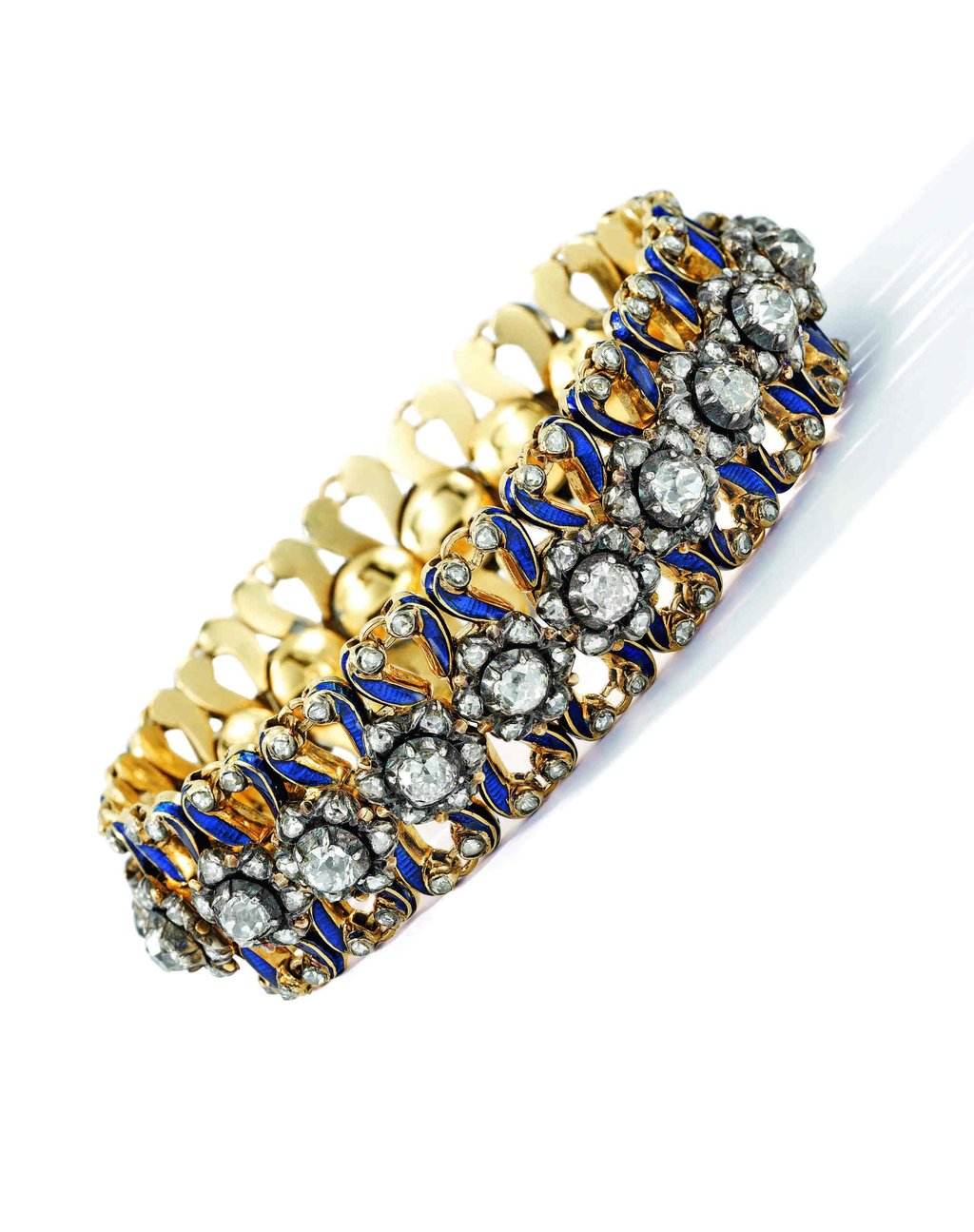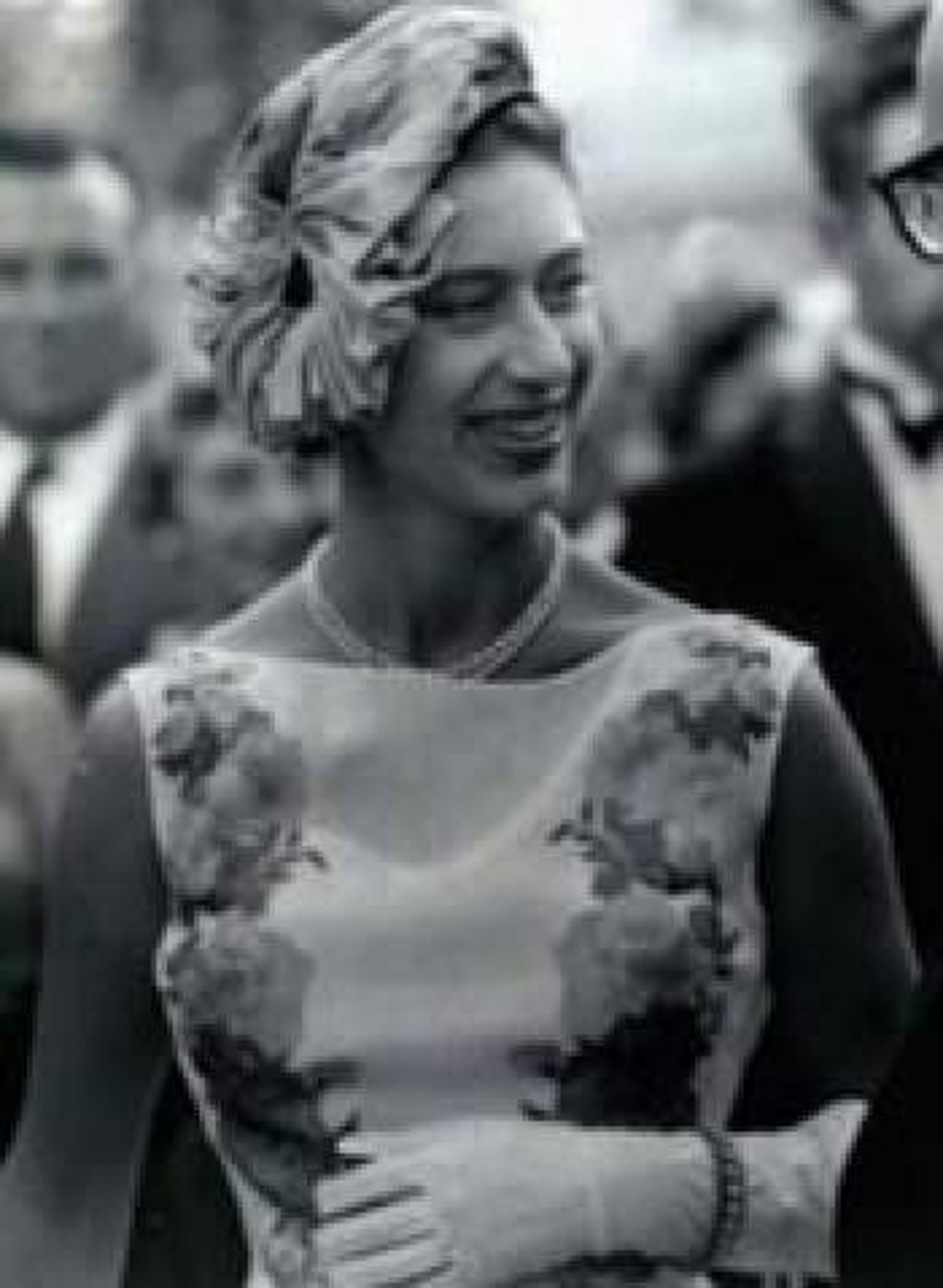Explainer / How to pick the right high jewellery to invest in: consider buying from Cartier, Tiffany & Co, Bulgari, Van Cleef & Arpels and other luxury brands – but don’t forget personal style

- The work of jewellers with extremely limited output, like Joel Arthur Rosenthal of JAR or David and Michael Robinson of David Michael Jewels, can bring solid returns
- Natural pearls are even rarer than large diamonds – a pearl pendant owned by French Queen Marie Antoinette once sold for US$36.2 million at a Sotheby’s auction
On the other side of the equation, we also saw demand for fine gems and jewellery ascend in parallel with share prices. As the world’s wealthy grew wealthier during the boom of 2020-21, many found the idea of high jewellery increasingly appealing. Here was an asset that would steadily appreciate, that is easily transported and readily cashed in, and that all the while would serve as a handsome adornment and status symbol – altogether, a rather attractive proposition.

For those wanting to begin building a collection of high jewellery, the first step on the journey is to decide what sort of baubles appeal to you personally. “The most important thing is really to indulge your passion, figure out what you’re most interested in and what you’d like to collect,” suggests Regine Ngan, head of the jewellery department at Sotheby’s Asia in Hong Kong.
“You can see a very strong point of view in the jewellery of great collectors such as the Duchess of Windsor or Elizabeth Taylor,” she notes.
Like art, when it comes to jewellery, you must buy what you like, what you want to live with and will take joy in looking at. “Acquiring a piece that’s just going to sit in your safety deposit box really defeats the purpose,” Ngan says. “Jewellery needs to be worn and gemstones need light – the light brings them to life.”

Rarity is often cited as the essential quality of any legitimate luxury good, and in jewellery, scarcity is a core component of value. Hence, the work of jewellers with extremely limited output, like Joel Arthur Rosenthal of JAR in Paris, or David and Michael Robinson, the twin brothers behind David Michael Jewels, is likely to offer a solid return on investment.